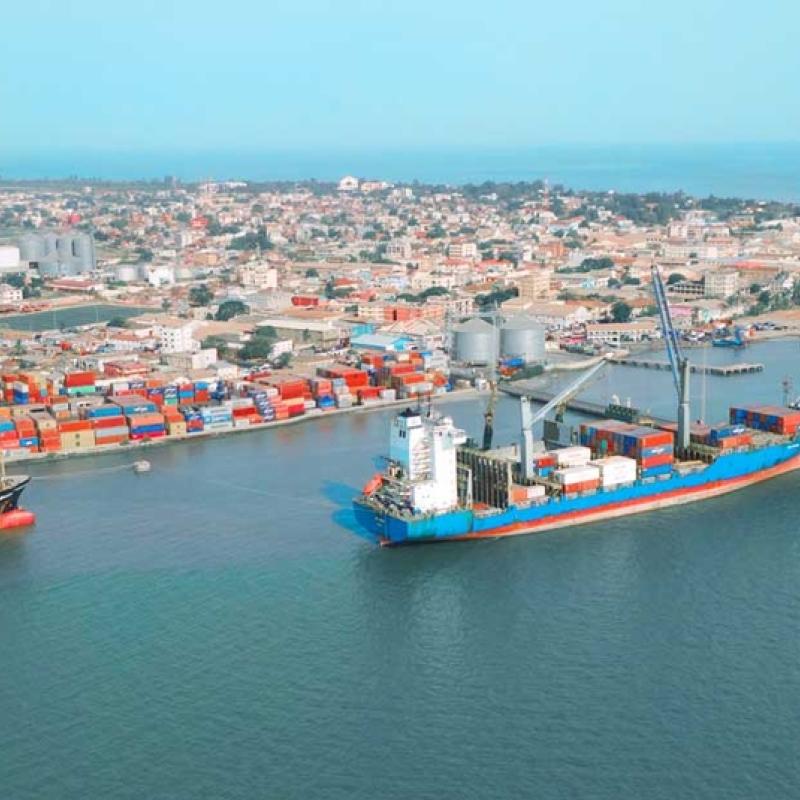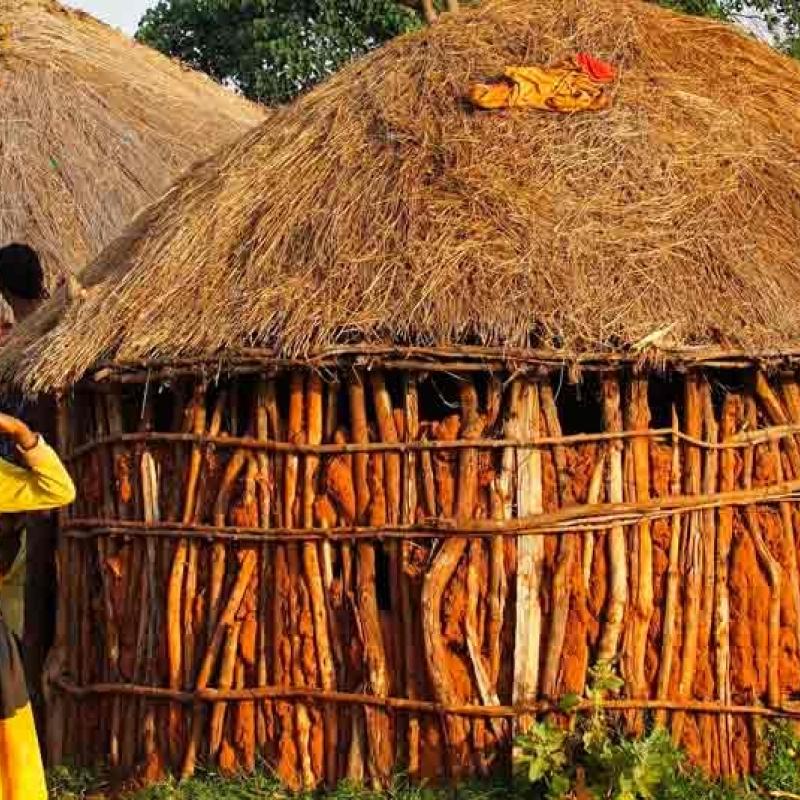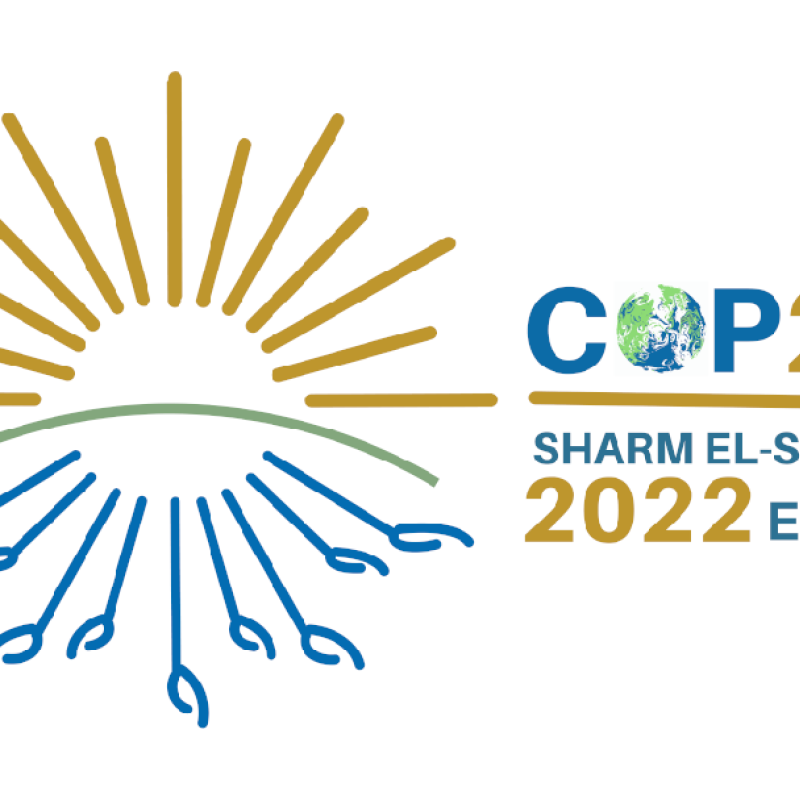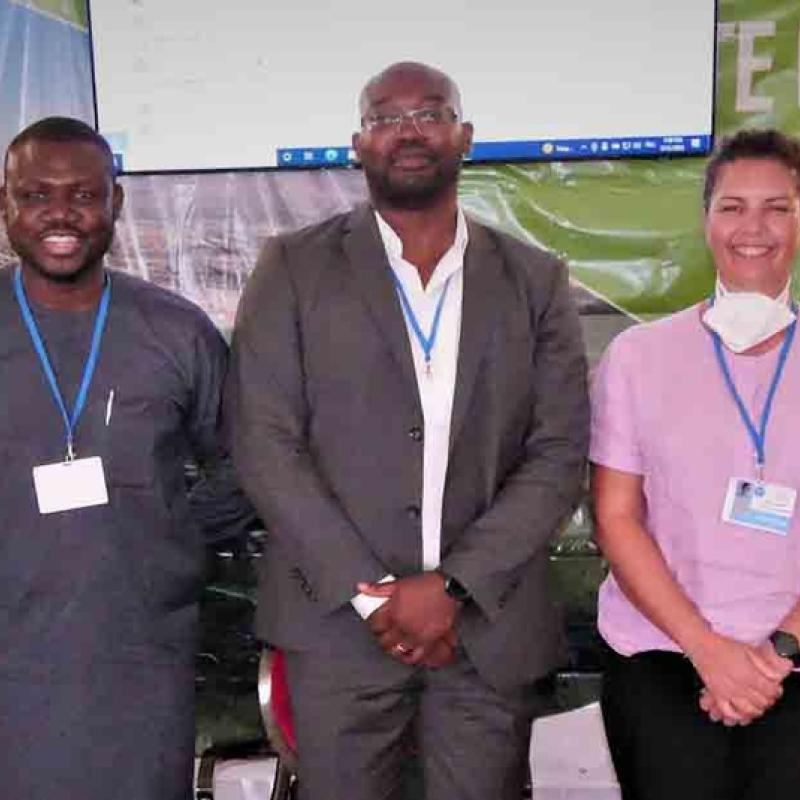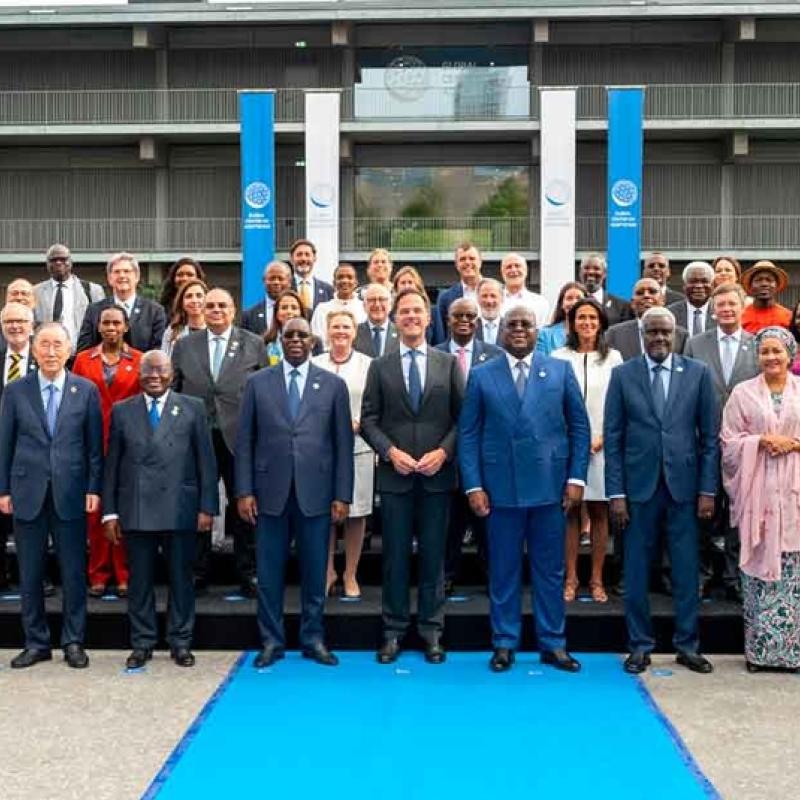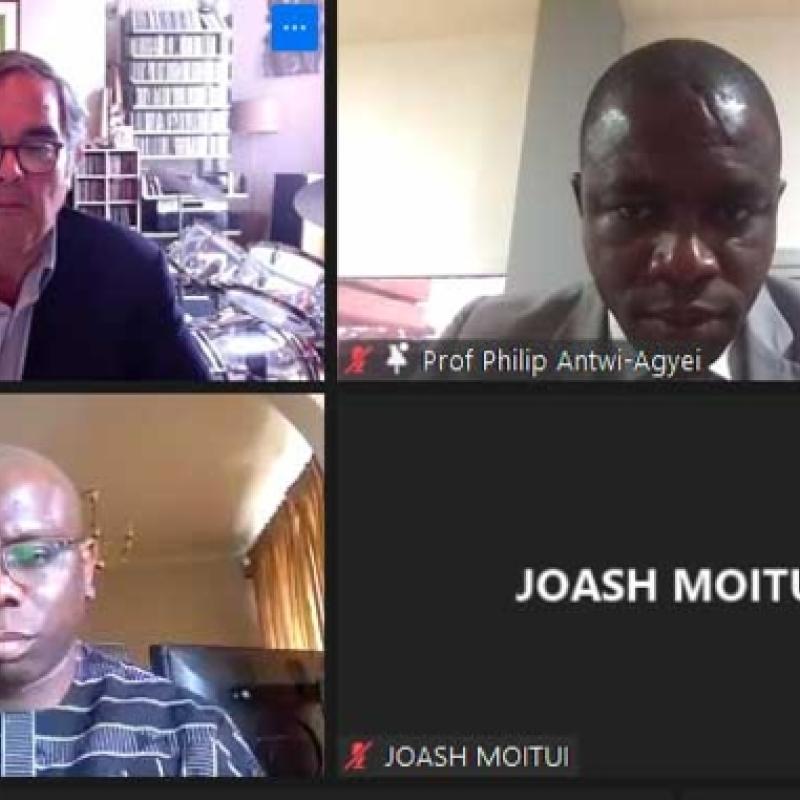
Resilient Infrastructure
Expected outcome
- Investment increased/scaled- up in resilient infrastructure
- Increased level of climate risk and resilience integration in new infrastructure in Africa
- Sector guidelines, knowledge products and toolkits available to guide infrastructure planning and implementation
- Officials in private and public sectors have their skills and understanding of climate risks in infrastructure increased
water, transport, energy, and waste management
2025 Goal
To scale up investment for climate-resilient urban and rural infrastructure in key sectors such as water, transport, energy, and waste management to help the continent close the infrastructure gap and ensure the infrastructure services supported by infrastructure are resilient to the growing shocks of climate change. The program aims to mainstream innovative climate resilience solutions into $7 billion worth of infrastructure investments.
Description
The African infrastructure resilience accelerator covers infrastructure and nature-based solutions, climate adaptation in the water sector, and urban resilience. Specific focus areas delivered through this pillar include:
- a public–private infrastructure resilience accelerator
- national infrastructure risk and resilience programmes
- an investment innovation programme for nature-based solutions
- capacity-building through a masterclass on climate-resilient infrastructure
- climate-resilient water services
- a city adaptation accelerator.
This pillar builds resilience into infrastructure investments by delivering upstream analysis and support to develop information and metrics on climate hazards, exposure, and vulnerabilities to assets, services, and people. The technical assistance addresses key barriers to integrating adaptation and innovative nature-based solutions to build resilience. Focused support for national and local governments helps to develop climate-resilient infrastructure investment packages that will be financed through innovative financing instruments.
The completed and ongoing projects under this pillar are spread across 18 countries. These national and asset-level projects cover multiple infrastructure sectors, including energy (renewable energy, transmission and distribution, mini-grids, etc.), transport (highways, railways, ports, etc.), and water (dams, water treatment plants, etc.).
The Freetown programme on water, sanitation, and hygiene, and revamping the aquatic environment aims to benefit an estimated 1.4 million people by providing a safe and climate-resilient and water service. The project will create over 2,700 jobs and restore the Freetown peninsula watershed, thereby reducing the impact of extreme climate events on living conditions. The AAAP has supported the Banjul Port 4th Expansion Project with vulnerability stress tests and identifying climate hazards, leading to the design of 20 adaptation options across physical, social, and institutional measures. These resilience measures aim to mitigate economic damage to the port estimated at $27 million.
Finally, AAAP supported the development of the national infrastructure risk and resilience programme in Ghana, a road map that proposes 35 adaptation options for funders and investors. The analysis quantifies the adaptation needs and helps to prioritize the pipeline of adaptation investment options that are being considered by the Government of Ghana and financiers
